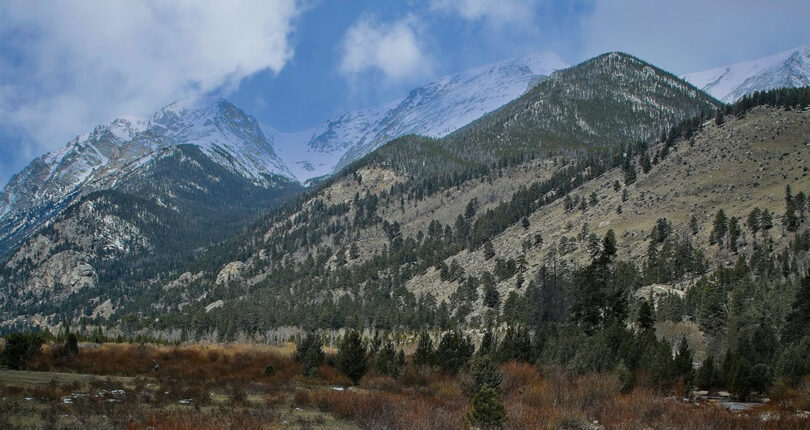I’m no longer surprised by the number of anglers who fly-fish through the winter, though I once was. It’s not for the faint of heart or folks who like to stay warm, but still, winter fly-fishing has grown to the point where it’s fairly commonplace. Even if the local freestone streams are iced over, there are plenty of tailwater rivers that remain ice-free year-round. Stretches of the Blue, Frying Pan, and South Platte Rivers are probably the most popular Colorado winter fly-fishing destinations, but there are others. They hold sizeable numbers of trout — big ones, too. The fishing isn’t necessarily easy, but it is fun, and there are fewer anglers competing for the best reaches than in summer.
The key to enjoying yourself on a winter stream centers on 1. Dressing properly, 2. Dressing properly, and 3. Dressing properly. Heavy neoprene waders are still used by some diehards for winter fly-fishing, but the lightweight, breathable types are much less restrictive, and their loose fit permits adding layers of heat-trapping polypropylene or fleece beneath without blowing you up like the Pillsbury Doughboy. Up top, poly and fleece rule again, although goose down and high-quality wool are every bit as effective against the cold. The idea is to layer with undergarments that trap heat but wick moisture away from your skin, followed by heavier insulating layers that do the same. Top it all off with a tightly woven and waterproof windbreaker of some sort.
That’ll keep your upper body warm but it will all be for naught if you neglect your head and hands. A stocking cap is still the best insurance for keeping your brain ticking along at 98.6 — wool or fleece will do the trick — but adding one of the new silk or polypropylene skull caps beneath a stocking cap can double its warmth. A neck gaiter will close up heat leaks from your torso. Heavy wool socks with silk or poly liners ensure warm feet in your wading shoes. I recently discovered socks made of alpaca underfur to be even warmer and unbelievably comfortable. No doubt they would be perfect for this or any other outdoor winter sport.
Keeping your hands warm, though, makes the ultimate, critical difference. Fingerless gloves will permit tying knots and changing flies, but they leave your fingertips exposed. And let’s face it; your hands are going to get cold and wet even if you don’t catch a fish. I highly recommend those neat little chemical heat packs. They’re lifesavers. Keep one in each glove, one in each pocket of your windbreaker, and a few spares in your vest. You won’t regret it.
Dennis Smith is a freelance outdoors writer and photographer whose work appears nationally. He lives in Loveland.

